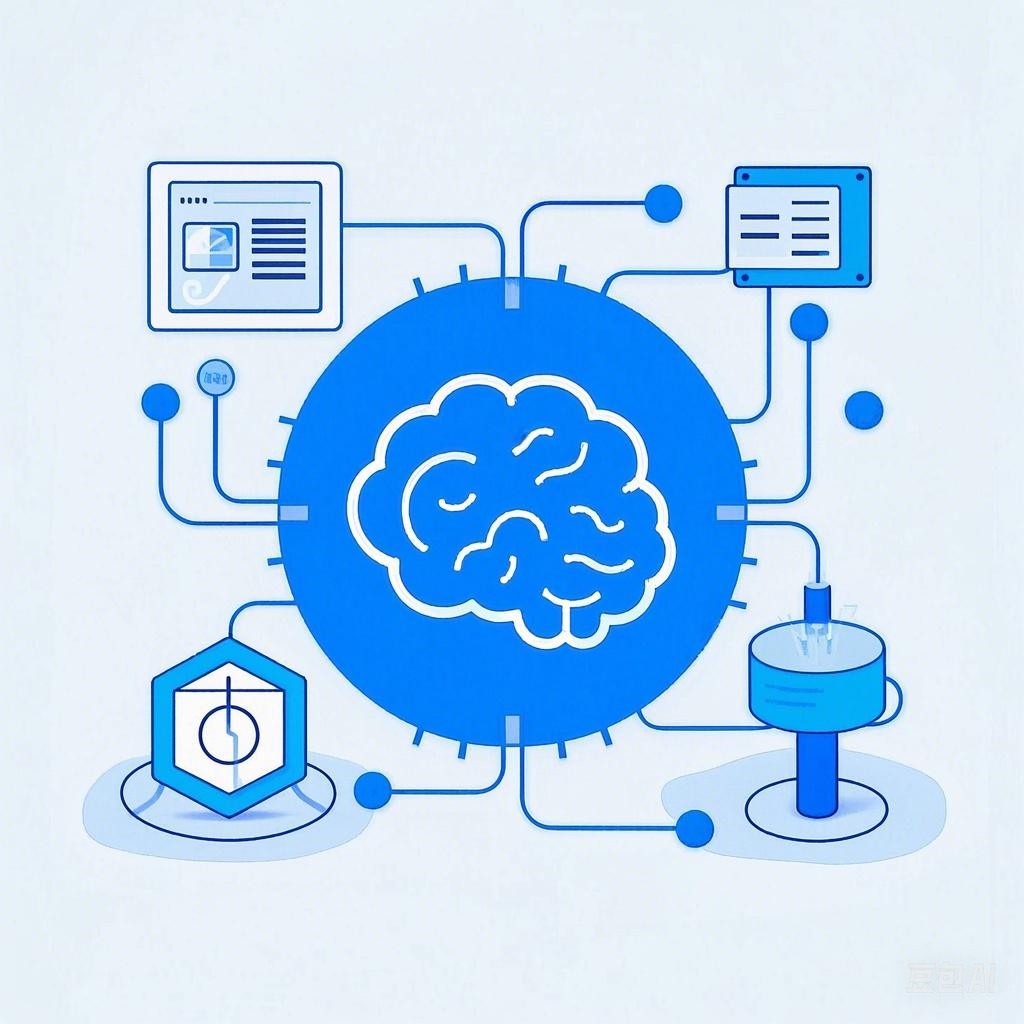The automotive industry has been experiencing a technological revolution, with advancements in artificial intelligence, machine learning, and sensor technology paving the way for innovative human-vehicle interaction systems. One such system that has captured the attention of the industry is Mercedes-Benz’s cutting-edge human-vehicle interaction system. This article delves into the intricacies of this system, exploring its features, benefits, and potential impact on the future of transportation.
Introduction to Mercedes-Benz’s Human-Vehicle Interaction System
Mercedes-Benz’s human-vehicle interaction system is designed to enhance the driving experience by integrating advanced technologies that communicate with the driver and passengers in intuitive and efficient ways. The system utilizes a combination of sensors, cameras, and AI algorithms to understand the driver’s intentions, preferences, and emotional state, thereby adjusting the vehicle’s settings and performance accordingly.
Key Features of the System
1. Adaptive Driving Assistance
One of the core features of Mercedes-Benz’s human-vehicle interaction system is adaptive driving assistance. This feature uses real-time data from the vehicle’s sensors and cameras to adjust the driving dynamics, such as steering, acceleration, and braking, to match the driver’s driving style and road conditions.
class AdaptiveDrivingAssistance:
def __init__(self, vehicle):
self.vehicle = vehicle
def adjust_steering(self, steering_input):
# Adjust steering based on the driver's input and road conditions
pass
def adjust_acceleration(self, acceleration_input):
# Adjust acceleration based on the driver's input and road conditions
pass
def adjust_braking(self, braking_input):
# Adjust braking based on the driver's input and road conditions
pass
2. Predictive User Experience
The system employs predictive algorithms to anticipate the driver’s needs and preferences. By analyzing the driver’s behavior, the vehicle can adjust the climate control, seat settings, and entertainment system to provide a personalized experience.
class PredictiveUserExperience:
def __init__(self, driver_behavior):
self.driver_behavior = driver_behavior
def personalize_climate_control(self):
# Adjust climate control based on the driver's preference
pass
def personalize_seat_settings(self):
# Adjust seat settings based on the driver's preference
pass
def personalize_entertainment_system(self):
# Adjust entertainment system based on the driver's preference
pass
3. Emotional Recognition
Mercedes-Benz’s system also incorporates emotional recognition technology, which uses facial expressions and voice analysis to gauge the driver’s emotional state. This information is then used to adjust the vehicle’s environment and provide appropriate support.
class EmotionalRecognition:
def __init__(self, facial_expression, voice_analysis):
self.facial_expression = facial_expression
self.voice_analysis = voice_analysis
def analyze_emotion(self):
# Analyze the driver's emotional state based on facial expressions and voice analysis
pass
def adjust_vehicle_environment(self):
# Adjust the vehicle's environment based on the driver's emotional state
pass
Benefits of the System
The implementation of Mercedes-Benz’s cutting-edge human-vehicle interaction system offers several benefits, including:
- Enhanced Safety: By providing adaptive driving assistance and predictive user experience, the system helps to reduce accidents and improve overall safety on the road.
- Improved Comfort: Personalized settings and emotional recognition technology contribute to a more comfortable and enjoyable driving experience.
- Increased Efficiency: The system’s ability to anticipate the driver’s needs and preferences leads to more efficient driving, reducing fuel consumption and emissions.
Potential Impact on the Future of Transportation
Mercedes-Benz’s human-vehicle interaction system is a testament to the potential of technology to revolutionize the automotive industry. As advancements continue to be made in AI, machine learning, and sensor technology, it is likely that we will see more vehicles equipped with similar systems. These systems have the potential to transform the way we interact with our vehicles, leading to safer, more comfortable, and more efficient transportation in the future.
